Matters needing attention in planting and preservation of quinoa
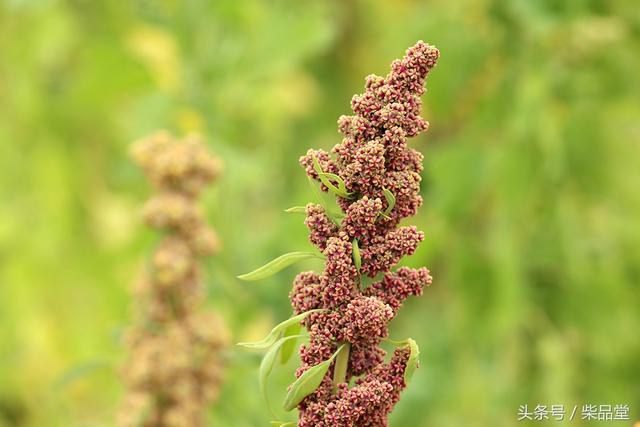
Quinoa, native to the Andes of South America, is the main traditional food of the Inca indigenous people. It has been cultivated for more than 5000 to 7,000 years. Because of its unique rich and comprehensive nutritional value, quinoa has nurtured the Inca people. The ancient Incas called it "the mother of food". The seed color of quinoa is mainly black, red and white, in which the black and red seeds are smaller and the white taste is better. Quinoa was used as space food for astronauts by NASA in the 1980s. The Food and Agriculture Organization of the United Nations believes that quinoa is the only food in which a single plant can basically meet the basic nutritional needs of the human body, and quinoa is officially recommended as the most perfect fully nutritious food for human beings.
In China, quinoa is mostly produced in Shanxi, Qinghai and other places, because the cultivation of quinoa should choose the ridge land and second-order land with high topography, sufficient sunshine, good ventilation and good fertility. it is strictly forbidden to plant in the river beach and gully land with dark and humid, poor ventilation and lighting conditions, and the best soil should be red clay or red sand.
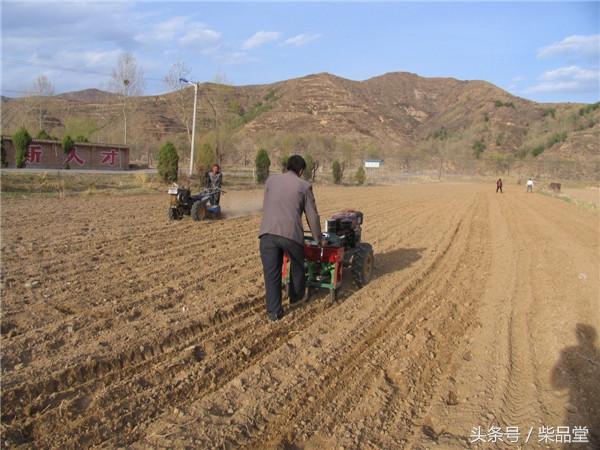
Quinoa is planted in the arid hillside, so it is very important to improve the utilization rate of Rain Water. The soil has just thawed in early spring, and when the temperature is still low and the soil water evaporates slowly, apply sufficient base fertilizer to achieve the fusion of soil and fertilizer and cut down and store water. Rake every time it rakes before sowing, so that it is empty and solid, and only rake without ploughing in case of drought, and compaction treatment is carried out. Of course, do not forget to apply fertilizer when planting quinoa. The type of fertilizer should be sheep manure after high temperature fermentation, followed by farm organic fertilizer. The use of chemical fertilizers, including inorganic fertilizers, such as phosphorus nitrate, is strictly prohibited. Before sowing, the base fertilizer is applied once combined with deep ploughing and soil preparation, which is mainly farm manure, such as the mixture of phosphate fertilizer and farm fertilizer to produce the best base fertilizer. It is better to apply base fertilizer in autumn or early spring.
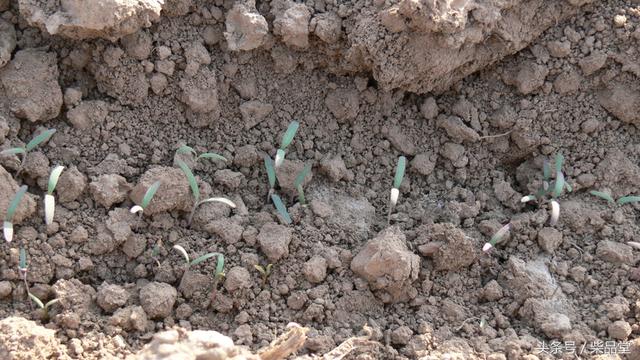
The main prerequisites for successful quinoa production are soil, soil pH, climate, water, rainfall, temperature, radiation and altitude. The suitable temperature is 15-20 ℃, the highest temperature is not more than 32 ℃, the altitude is more than 1500 meters, the soil PH value is 5.5-8.5, and the soil moisture is at least 3 ℃ 4 of the field capacity, in order to promote seed germination.
Generally, the sowing time should be around the middle of May (the temperature is 15 ℃-20 ℃). It is best to sow seeds after rain or two days before rain forecast. The rainfall is at least above 20mm to ensure normal emergence and complete seedlings. Sowing row spacing recommended 40-50cm, sowing depth is not more than 3cm, too deep will affect seedling emergence. If you have precision sowing equipment, you can sow no more than 3 seeds in each hole, and the hole spacing is 20-30 cm, which is determined according to the row spacing. Do not sow early and avoid rainy days in the flowering period of millet.
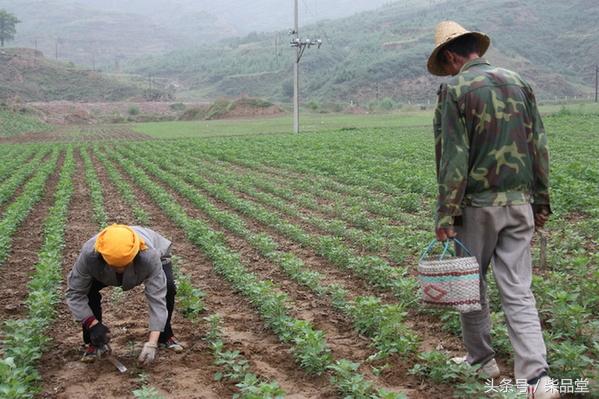
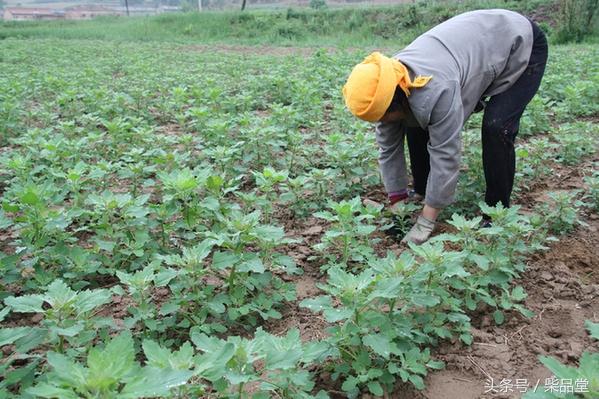
Quinoa germinated in about 3 days and unearthed in 5 days. If the seedlings did not emerge in 10 days, they should be replanted in time. About 30-40 days, the seedlings grew to 15-20cm and began weeding. Must be manual weeding, do not use herbicides, the first weeding, need to add seedlings (the so-called seedlings are not growing well or too dense seedlings), plant spacing 20cm-30cm, leaving a single seedling, row spacing 45cm-50cm. If the second weeding is more than 50 days, the root can be cultivated to promote root growth and prevent lodging in the later stage. Under normal circumstances, there is no need for topdressing, but sometimes if the nutrition of the seedlings is insufficient, additional fertilization is needed.
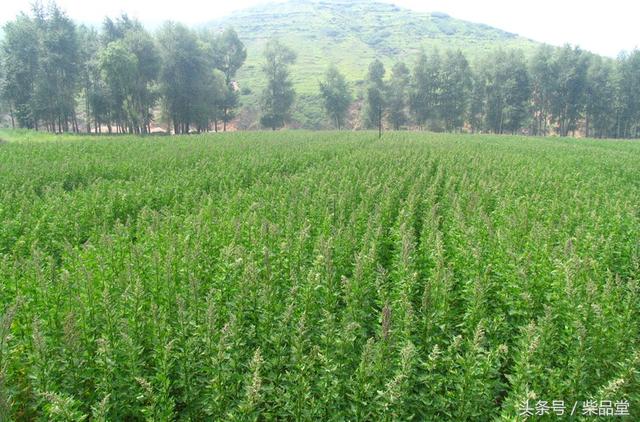
Seedlings gradually grow taller, and then bloom, at this time need to pay attention to the weather, pay attention to the rain, oh, otherwise can not pollinate, it will not be able to bear fruit. After blooming, quinoa began to bear fruit, and the ears of wheat gradually showed colorful colors, which should be the most beautiful at this time. On a large piece of land, there are beautiful ears of wheat, which is particularly spectacular.
The mature standard of quinoa is the appearance, the leaves turn yellow and red, most of the leaves fall off, the dry begins to dry, and the seeds are pinched with their fingernails. Now they are mostly harvested with a sickle, or the ears of quinoa are broken by hand, and can be dried in the field or threshing field after harvest. Threshing with a four-separate threshing machine is used. After threshing, it is necessary to dry in time, and it is best to choose a place away from sand and gravel when drying, so as to avoid sand and gravel mixing. It would be better to dry it in the shade under certain conditions.
Quinoa needs to be kept in a cool, dry, ventilated, rat-free place, which is not a problem in the northwest and north, but it is difficult in the humid south. When buying quinoa, it is best to choose vacuum packaged quinoa, as long as you do not open it, quinoa can be kept for a long time, after opening, remember to keep it in a dry place. Although many places say that quinoa has higher nutritional value after germination, if you look at the picture above, this is quinoa that has been kept in a flowerpot all night. According to this growth trend, not to mention eating quinoa malt, by the time you want to eat it, it has become a quinoa seedling.
Here, we need to remind brothers and sisters in the south that if you want to eat quinoa, you should find a place to buy it. Quinoa is not suitable for growing in the south. It has been raining all the time. The quinoa you planted was thoroughly cooled by Rain Water before it was pollinated, or sprouted again before it grew well. However, for ornamental purposes, growing a small pot of quinoa in a flowerpot is quite distinctive.
- Prev
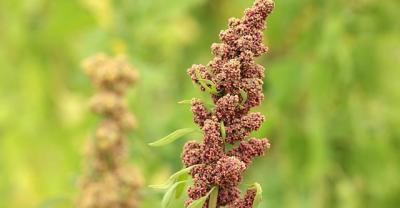
Uni Smart Desktop Planter
Uni Smart Desktop Planter is a flower pot full of modern beauty, which can realize the integration of seed, substrate and nutrition. Exclusive patent planting...
- Next
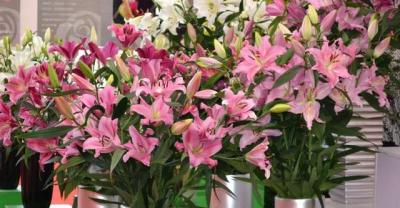
Planting and maintenance skills of bonsai orchids
Planting and maintenance skills of bonsai orchids 1. The place where orchids are placed is very important, which directly affects the growth and development of orchids. Orchids are usually in spring and summer.
Related
- Fuxing push coffee new agricultural production and marketing class: lack of small-scale processing plants
- Jujube rice field leisure farm deep ploughing Yilan for five years to create a space for organic food and play
- Nongyu Farm-A trial of organic papaya for brave women with advanced technology
- Four points for attention in the prevention and control of diseases and insect pests of edible fungi
- How to add nutrient solution to Edible Fungi
- Is there any good way to control edible fungus mites?
- Open Inoculation Technology of Edible Fungi
- Is there any clever way to use fertilizer for edible fungus in winter?
- What agents are used to kill the pathogens of edible fungi in the mushroom shed?
- Rapid drying of Edible Fungi

